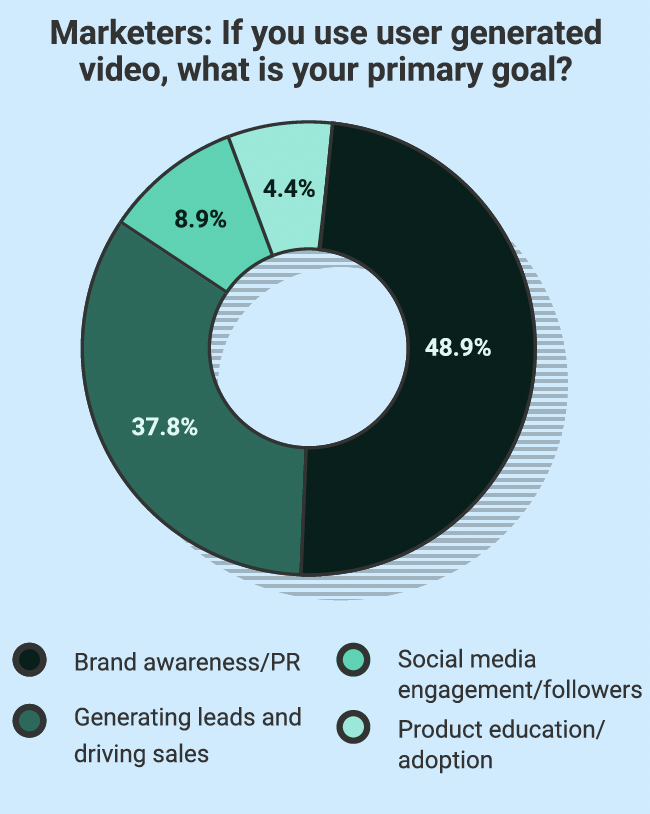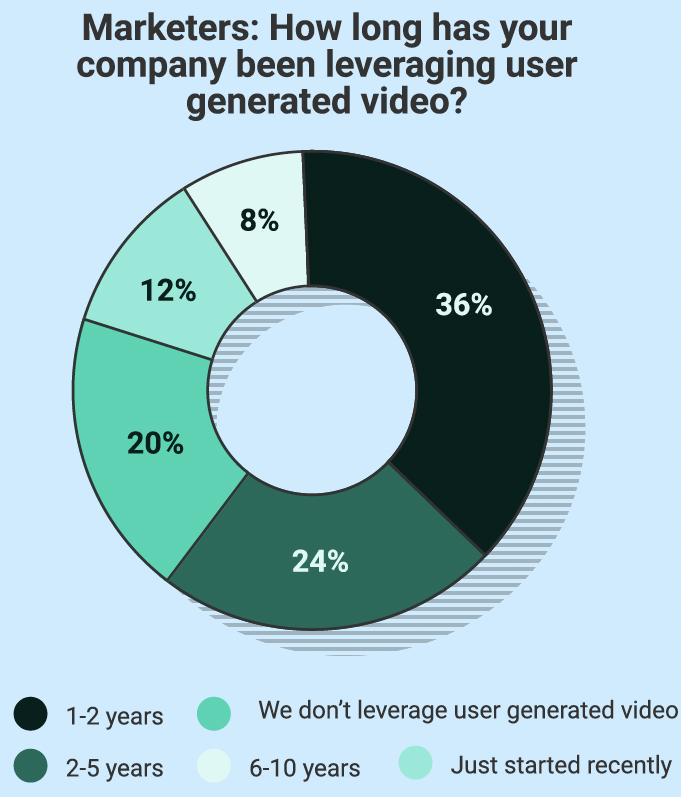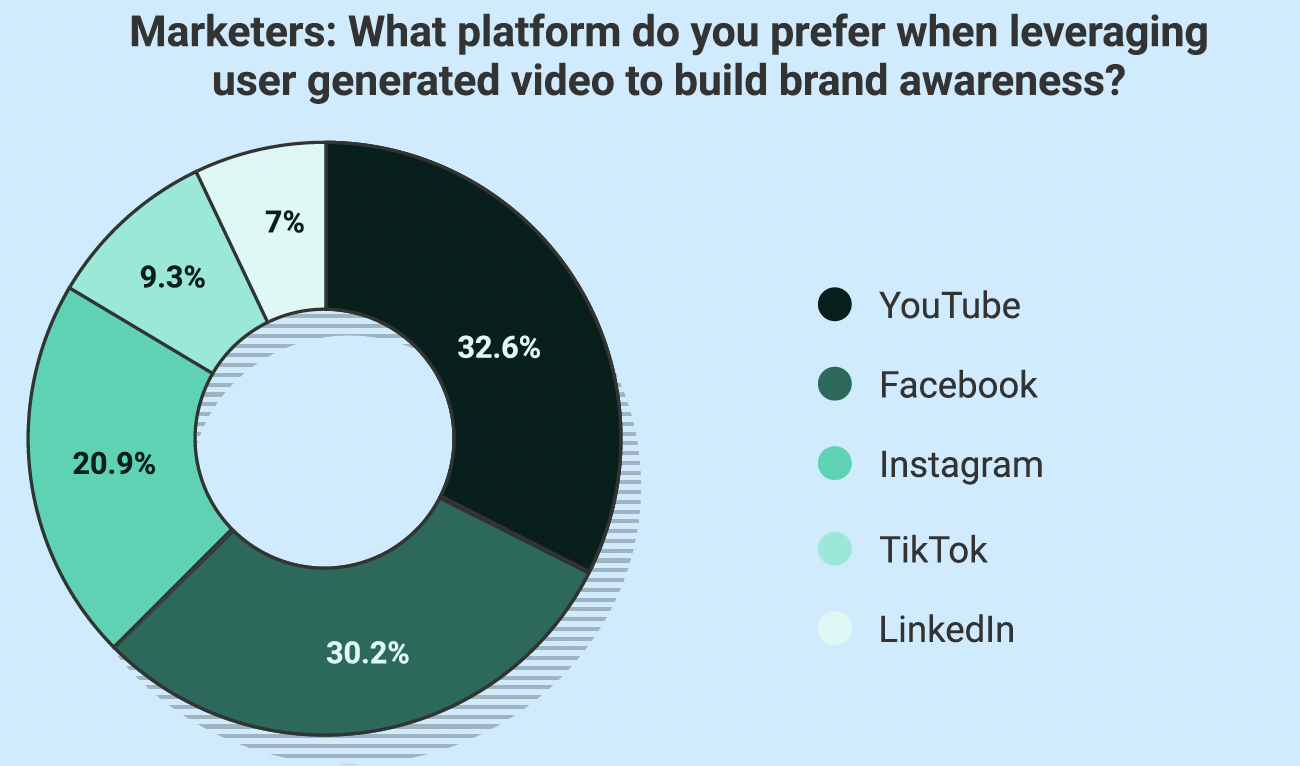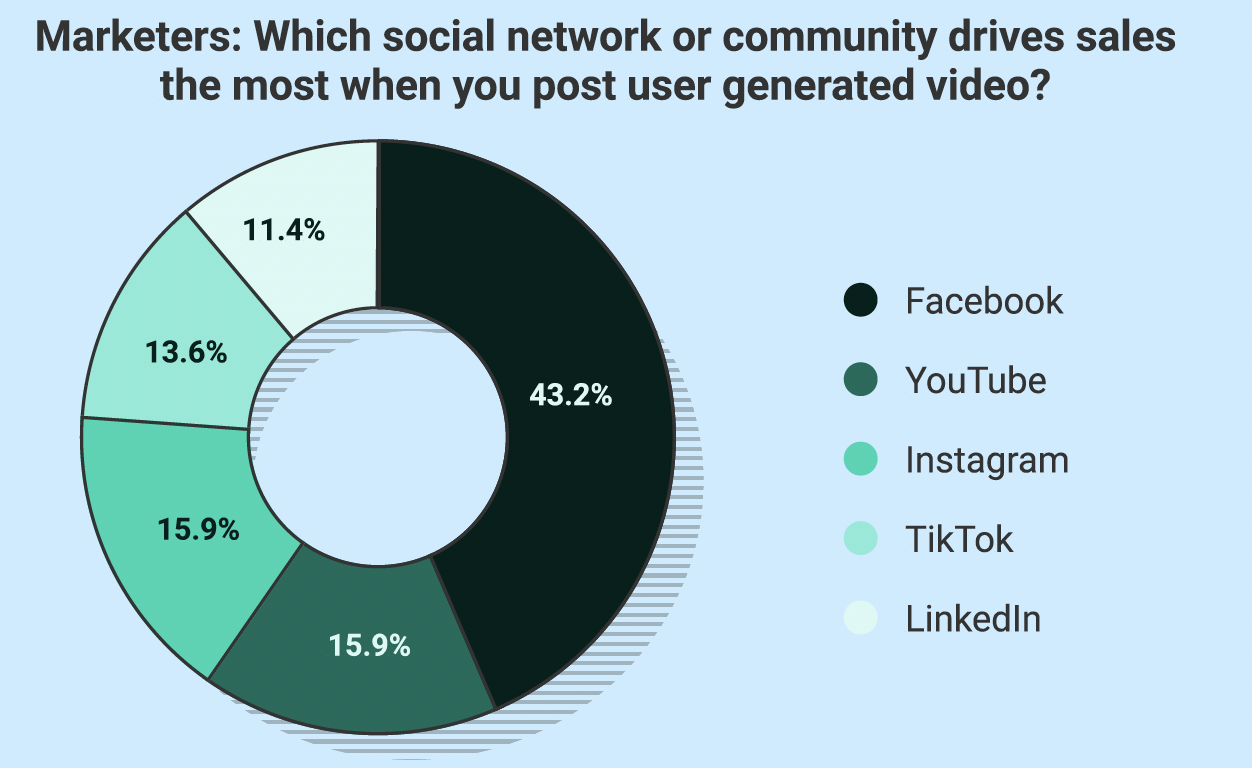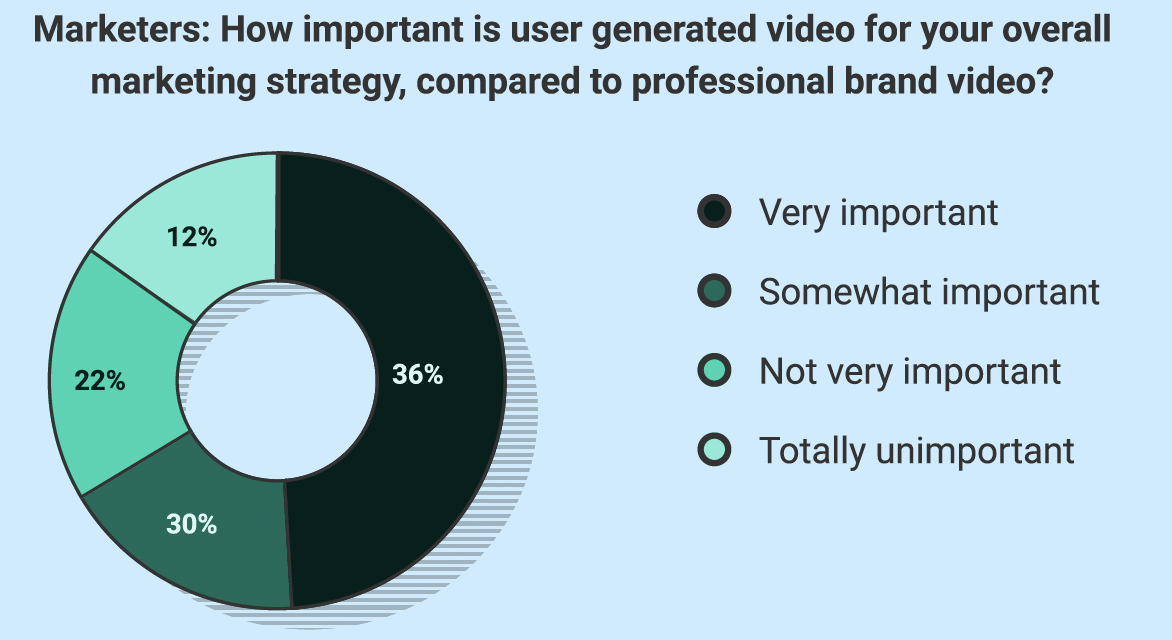
The State of User-Generated Video 2024 aims to assess how UGC content is “influencing” marketing strategies in an evolving digital landscape.
The study was commissioned by Canada-based file transfer company MASV, with data from a survey of “creators, frequent social media users, and marketers/communicators,” per the report. The 55-page summary covers everything from the basics (what is UGC?) to creator sentiments regarding brands utilizing their video.
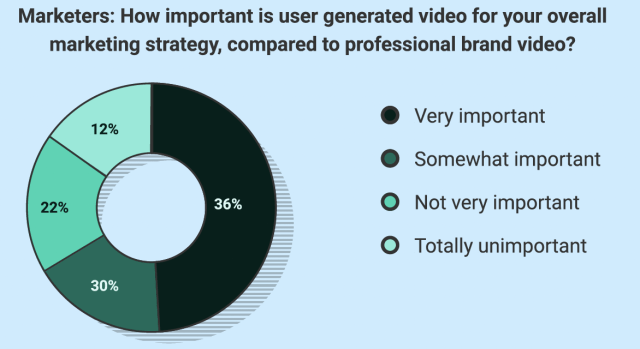
By mid-2024, it’s no secret that UGC video is a staple of modern marketing. But this report examines trends and draws a few important conclusions about platforms that may help brands invest in the right complement of content marketing for their target audience.
Key Takeaways and Best Practices
Short-form content is winning the day: Users strongly prefer clips that are 15 seconds or shorter, demonstrated by higher engagement rates.
Clickable content is becoming more common and has been proven to be effective in promoting purchases on platforms with the option to buy immediately.
It may be a video first world, but brands need to remember that many users see it as audio-optional. That means captioning and subtitles will only grow in importance, as the need goes beyond accessibility concerns.
What’s the Deal With Influencers?
On average, creators cost brands $214 — but rates vary widely from platform to platform and across interest areas.
Also, more men are joining the influencer ranks (repping 30% of market share as of 2023). However, the most popular influencers are split fairly equally between the sexes.
Supply is increasing along with demand, which has helped to stabilize prices in some niches (lifestyle, fashion and beauty), but education-focused influencers are still in high demand but remain relatively scarce. Also, expect to pay more on video-centric platforms (TikTok, Insta and YouTube).
UK marketers have begun to increase ad spend on influencers, but the trend is in the opposite in the US, where budgets have slightly shrunk.
What to Know About Social
TikTok reigns supreme for the youth, and brands are responding to its 1.5 billion monthly active users by planning to increase their spend on the platform going forward.
YouTube has 2 billion monthly users (although TikTok is nipping on its heels, according to projections). Its status as the world’s second-largest search engine makes it a smart proposition for marketers, with more than 70% of viewers saying they’ve made a purchase after seeing a brand featured on YouTube. Its Shorts feature is also growing in popularity, pitched as a direct competitor to TikTok, Facebook Reels and Instagram Stories; with 70 billion daily views, I’d say they’re making headway.
Meta’s social platforms are also still in the mix. Instagram boasts 2 billion monthly users, many in the 16-34 demo, and Stories are a popular way for brands to showcase shoppable products; 50% of users visit a brand’s website with intent to purchase after seeing an ad on Stories. Facebook’s reach has dropped to 3 million monthly active users, but its video ads have a high conversion rate for retail brands, which makes it worth consideration for some campaigns.
Read more: The State of User-Generated Video 2024

Why subscribe to The Angle?
Exclusive Insights: Get editorial roundups of the cutting-edge content that matters most.
Behind-the-Scenes Access: Peek behind the curtain with in-depth Q&As featuring industry experts and thought leaders.
Unparalleled Access: NAB Amplify is your digital hub for technology, trends, and insights unavailable anywhere else.
Join a community of professionals who are as passionate about the future of film, television, and digital storytelling as you are. Subscribe to The Angle today!


